
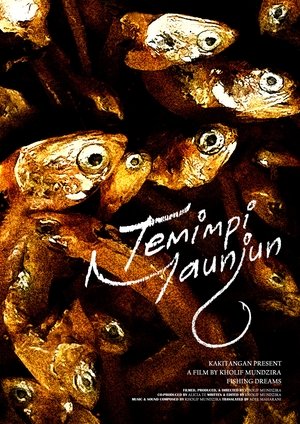
Fishing Dreams(2021)
Someone tells of a dream he had, which was to go fishing and get lots of fish, this kind of dream is often associated with a symbol of good luck. But he was afraid that the dream would happen again and again, from generation to generation.
Movie: Fishing Dreams
Video Trailer Fishing Dreams
Similar Movies
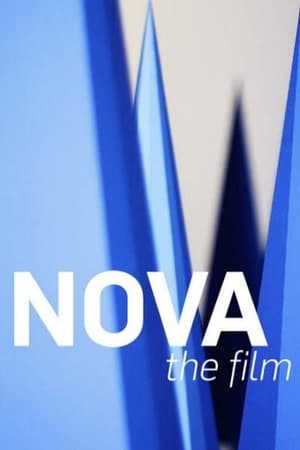 0.0
0.0Nova the Film(en)
An inspiring 75min DIY documentary film on new art and the young artists behind it. It was all filmed on the heat of live action of the first NOVA Contemporary Culture Festival, July and August 2010 in São Paulo, Brazil.
The Lonely Dorymen(en)
For more than four centuries, young Portuguese fishermen have followed their fathers to the Grand Banks of Newfoundland and in recent years to Greenland’s banks to fish the cold waters for cod. Intrepid men, set off for the Banks on schooners under full sail, then adrift in a flat-bottomed dory, they bait the hundred of hooks of their long-line, oblivious to fog, rain and Arctic wind, they labour 18 hours a day and haul up cod by the score.
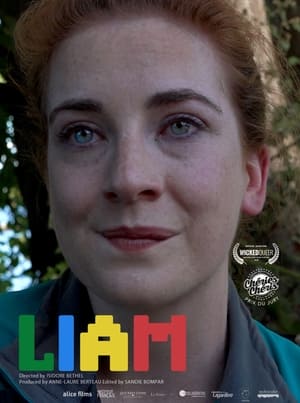 0.0
0.0Liam(en)
Just after Isidore moves to France to study filmmaking, his best friend dies back in the US. Through documentary, performance, and animation, a ghostly portrait emerges, prompting Isidore to question his relationships with his parents and his boyfriend in Paris.
 5.2
5.2Easy Love(de)
easy love is the experimental fiction debut of Tamer Jandali. His way of working shifted between documentary and fiction when he followed seven men and women from Cologne on their search for a balance between emotional security and sensual fulfillment. In four months of shooting those protagonists acted as braver versions of themselves. The camera opened the possibility to pursue their unlived dreams, fears and fantasies and ultimately experiencing them in reality. By shooting in a small team, always on the edge between documentary and fiction, Tamer Jandali created space for intimacy and a new form of cinematic authenticity.
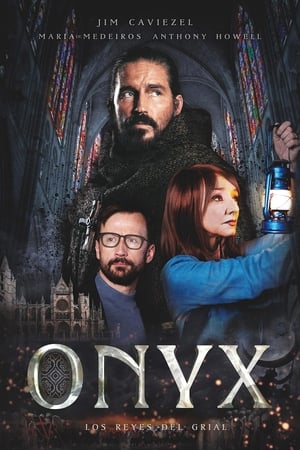 6.0
6.0Onyx: Kings of the Grail(en)
Egypt, 11th century. When a famine ravages the country, the prosperous Andalusian kingdom of Denia comes to the aid of the sultan, who, in gratitude, gives Denia the most sought-after and coveted object in all of Christendom.
 0.0
0.0Oh butterfly, what dou you dream of when you flap your wings?(es)
The work of taxonomists hides more secrets than can be perceived.
 6.0
6.0Grid(pt)
A ritual of grids, reflections and chasms; a complete state of entropy; a space that devours itself; a vertigo that destroys the gravity of the Earth; a trap that captures us inside the voids of the screen of light: «That blank arena wherein converge at once the hundred spaces» (Hollis Frampton).
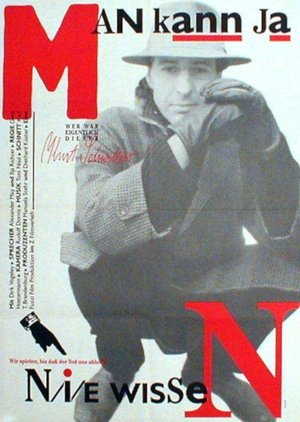 0.0
0.0Mann kann ja nie wissen(de)
A documentary-feature film mix detailing the life of famous German dadaist Kurt Schwitters.
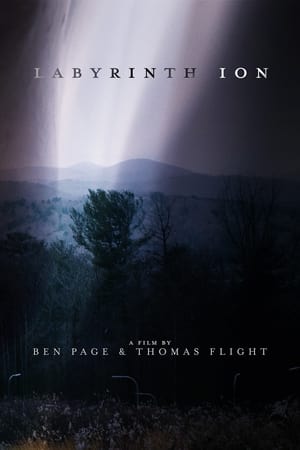 0.0
0.0Labyrinth Ion(en)
One evening under the light of a streetlamp in an unsuspecting neighborhood, events of both microscopic and cosmic proportions take place.
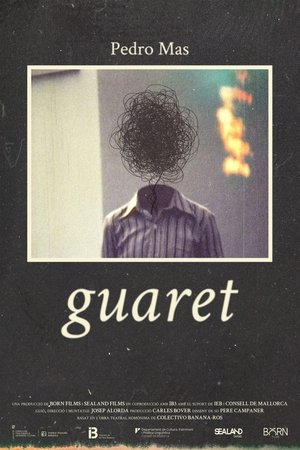 0.0
0.0Guaret(ca)
Pedro is Mallorcan, born to a mother from Burgos and a father from Mallorca. Due to his distant relationship with his father, Pedro doesn't fully master Mallorcan as a language. He turns to the works of Damià Huguet to remember his father, as only his poems can fill the void left by his death. The poet's words transport Pedro to his childhood and his roots, even though many of the words are unknown to him, despite them belonging to his language. This becomes the driving force behind the protagonist's search for his own identity, his origins, what it means to be a man, father-son relationships, collective identity, and "mallorquinness". Pedro constantly questions the emotions stirred by Huguet's poetry, and, most importantly, who he is and where he belongs.
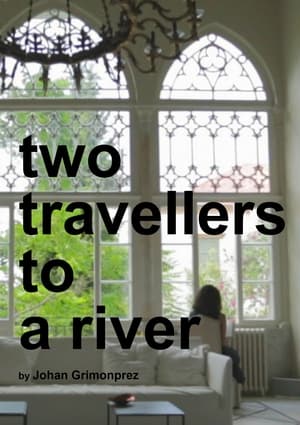 5.0
5.0Two Travellers to a River(ar)
When asked a question on politics, late Palestinian poet Mahmoud Darwish once answered: “I write about love to expose the conditions that don’t allow me to write about love.” In TWO TRAVELERS TO A RIVER Palestinian actress Manal Khader recites such a poem by Mahmoud Darwish: a concise reflection on how things could have been.
 7.0
7.0Fajr(ar)
In the Moroccan desert night dilutes forms and silence slides through sand. Dawn starts then to draw silhouettes of dunes while motionless figures punctuate landscape. From night´s abstraction, light returns its dimension to space and their volume to bodies. Stillness concentrates gaze and duration densify it. The adhan -muslim call to pray- sounds and immobility, that was condensing, begins to irradiate. And now the bodies are those which dissolves into the desert.
 7.1
7.1Nanook of the North(en)
This pioneering documentary film depicts the lives of the indigenous Inuit people of Canada's northern Quebec region. Although the production contains some fictional elements, it vividly shows how its resourceful subjects survive in such a harsh climate, revealing how they construct their igloo homes and find food by hunting and fishing. The film also captures the beautiful, if unforgiving, frozen landscape of the Great White North, far removed from conventional civilization.
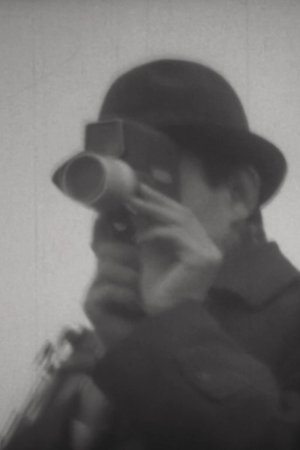 0.0
0.0Nomadtitude(en)
Using footage from socialist era Mongolia, Nomadtitude deals with the transition of the traditionally nomadic people to a lifestyle of urbanization. A changing of roads throughout the years and the movement of people from all across the country to the cities. A timeline of changing physical and spiritual paths. Primary instincts of the nomads, such as having a deep respect for natural surroundings, were forcefully replaced by socialist dogma and, later, capitalist machinations. This work presents the roads taken and not taken by the Mongolian nomads up until now. (Zulaa Urchuud)
 0.0
0.0Several Successful Situations; Simultaneous & Successive(en)
I enjoy religion, I appreciate belief systems and how they offer structure to people's lives. I also appreciate how spirituality manifests itself in Asian cultures as this almost earthbound presence guiding people through every day life and when they need an extra bit of help they need only ask whichever deity holds dominion over their desire. Here is an experimental film I made with videos from my iPhone. Shot across Taiwan and South Korea. An experimental film I made with videos from my iPhone. Shot across Taiwan and Korea. My aim was to explore success in how it pertains to every day life, the satisfaction of small moments, spirituality, superstition, and daily rituals.
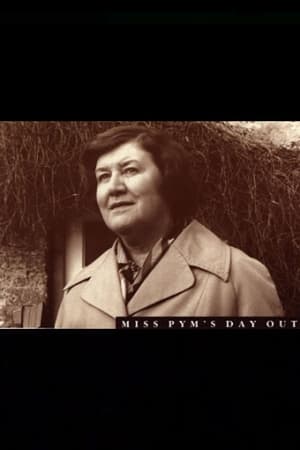 0.0
0.0Miss Pym's Day Out(en)
In 1977, after a fourteen year dry spell, the novelist Barbara Pym was nominated for a Booker Award for her novel, Quartet in Autumn. This drama documentary biopic sees Patricia Routledge as Pym and follows the day of the prize presentation, as she observes people and reminisces about life and love.
 5.9
5.9Straight to VHS(es)
Act of Violence Upon a Young Journalist is a film shot in 1988 and released on VHS in 1989; a mysterious cult work of Uruguayan cinema surrounded by strange theories about Manuel Lamas, its unknown creator. Until now.


